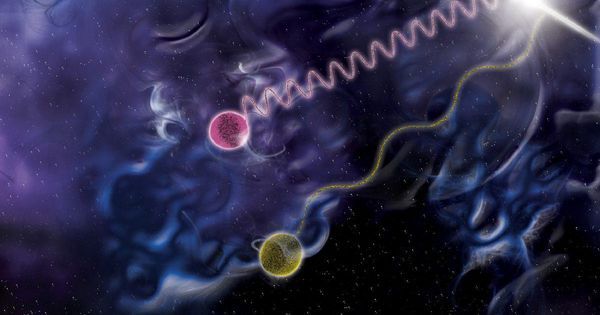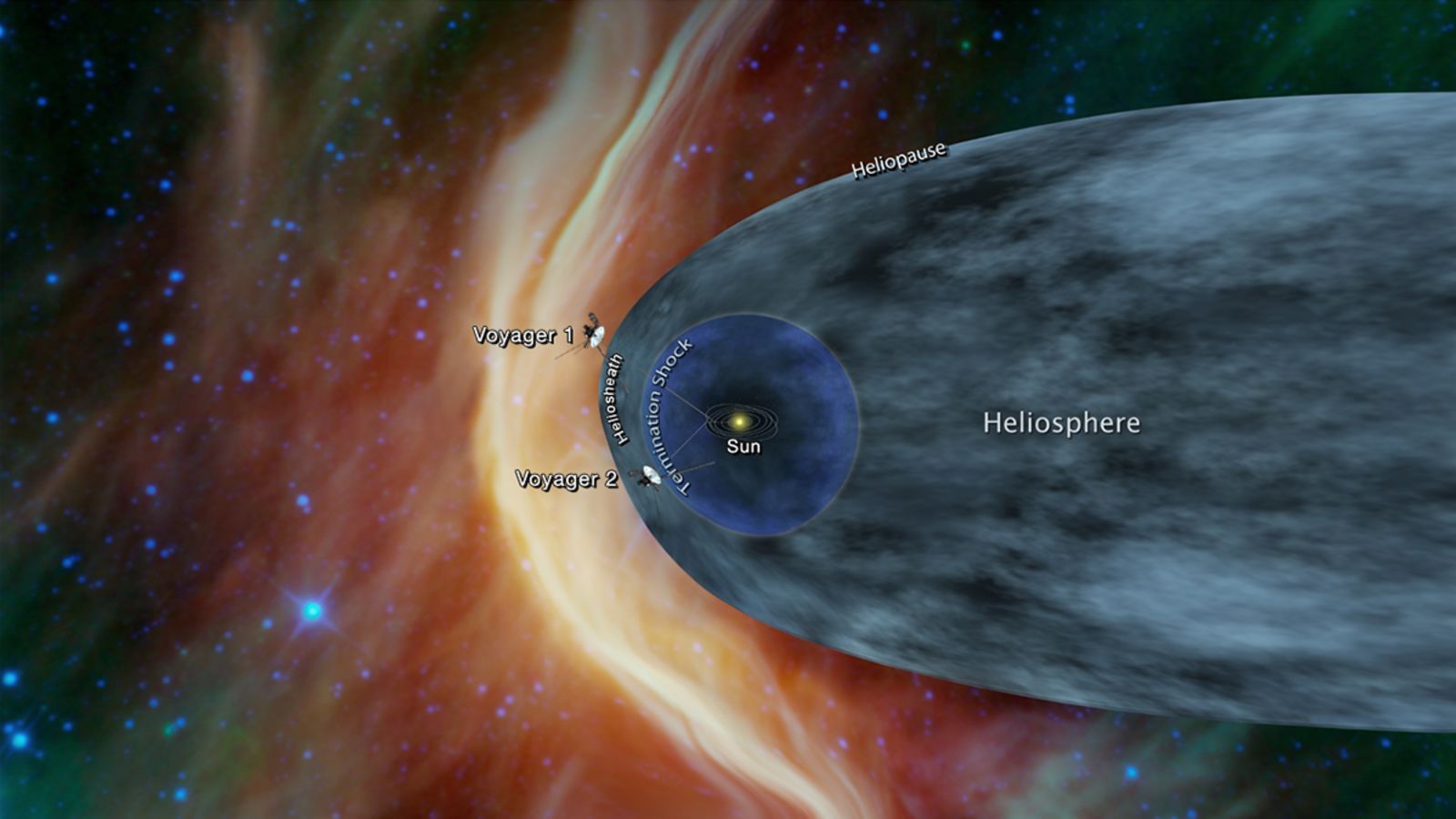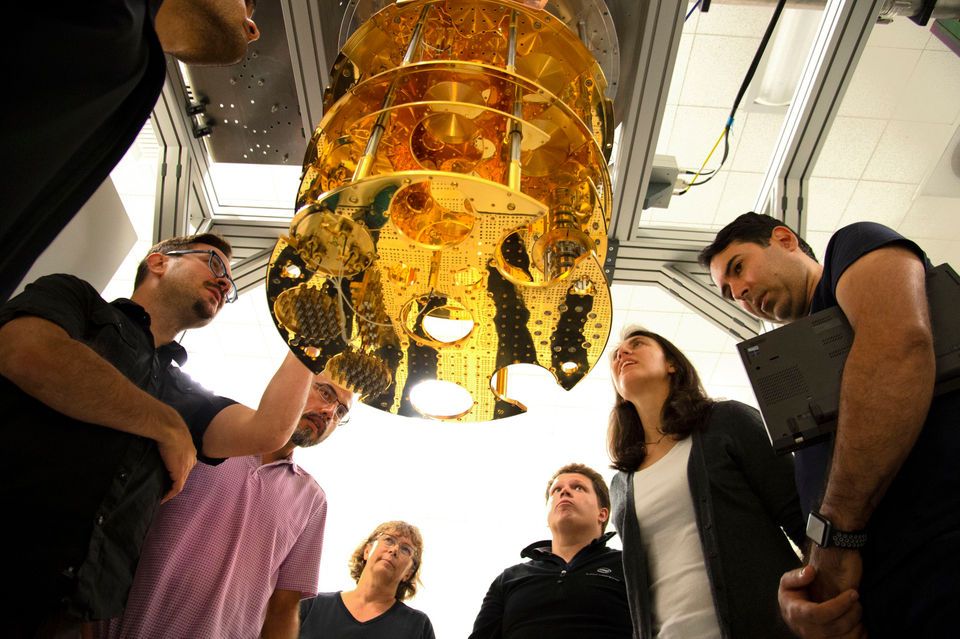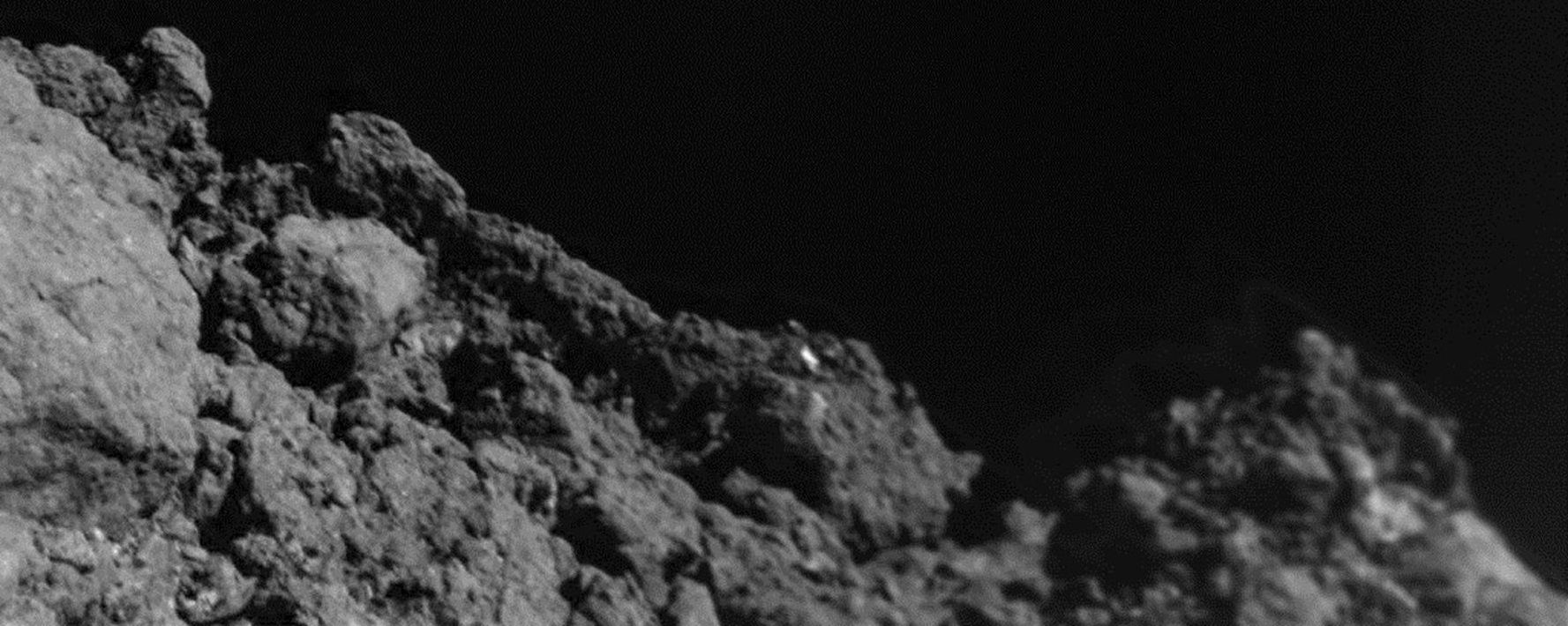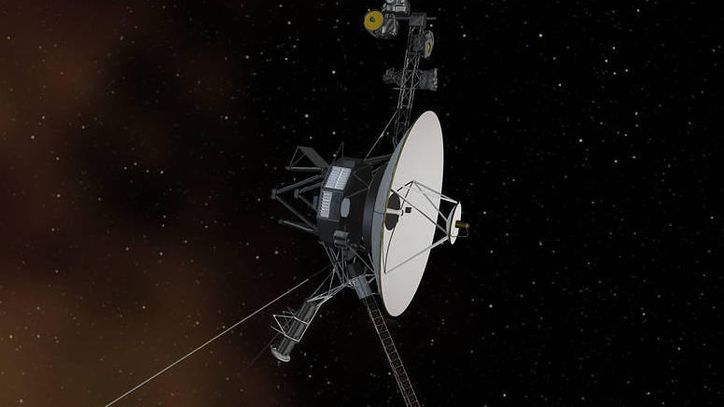In early 1999, during the halftime of a University of Washington basketball game, a time capsule from 1927 was opened. Among the contents of this portal to the past were some yellowing newspapers, a Mercury dime, a student handbook, and a building permit. The crowd promptly erupted into boos. One student declared the items “dumb.”
Such disappointment in time capsules seems to run endemic, suggests William E. Jarvis in his book Time Capsules: A Cultural History. A headline from The Onion, he notes, sums it up: “Newly unearthed time capsule just full of useless old crap.” Time capsules, after all, exude a kind of pathos: They show us that the future was not quite as advanced as we thought it would be, nor did it come as quickly. The past, meanwhile, turns out to not be as radically distinct as we thought.
In his book Predicting the Future, Nicholas Rescher writes that “we incline to view the future through a telescope, as it were, thereby magnifying and bringing nearer what we can manage to see.” So too do we view the past through the other end of the telescope, making things look farther away than they actually were, or losing sight of some things altogether.

